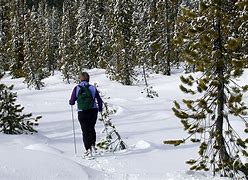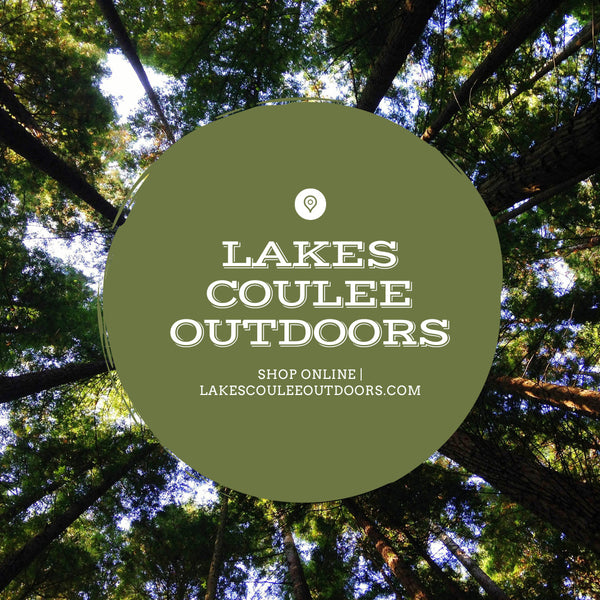
Navigating the Snowy Trails: A Guide to Purchasing the Perfect Pair of Snowshoes
Share
As winter blankets the world in a pristine layer of snow, the great outdoors beckons, offering a winter wonderland waiting to be explored. If you're looking to venture off the beaten path and into the snowy wilderness, a pair of snowshoes can be your trusty companions. In this guide, we'll walk you through the essential considerations to ensure you find the perfect pair for your snowy adventures.
Know Your Terrain:
Before making a purchase, consider where you'll be using your snowshoes. Different terrains, such as packed trails, deep powder, or steep slopes, may require different types of snowshoes. Understanding your typical environment will help you choose the right style and features for your needs.
Types of Snowshoes:
a. Recreational Snowshoes: Ideal for beginners and casual users on flat to gently rolling terrain.
b. Backcountry Snowshoes: Designed for more challenging terrain, including steep slopes and deep snow.
c. Running Snowshoes: Lighter and more maneuverable for those looking to maintain an active pace.
Sizing Matters:
Selecting the right size is crucial for optimal performance. Consider your weight, the weight of any additional gear you might carry, and the snow conditions. Heavier individuals or those carrying a backpack may need larger snowshoes to stay afloat in deep snow.
Bindings and Strapping:
Comfort is key, especially for extended outings. Look for bindings that securely fasten your boots to the snowshoes while providing a snug fit. Quick-release bindings are convenient, while some models offer boa closures for easy adjustments.
Frame and Decking Materials:
Snowshoes come with frames made of various materials, each offering distinct advantages:
a. Aluminum: Lightweight and durable, suitable for most users.
b. Composite: Ideal for those seeking a lightweight option with additional flexibility.
c. Tubular: Provides excellent flotation in deep snow, often used in backcountry snowshoes.
Decking materials also vary, with nylon and synthetic fabrics being common choices for durability and flexibility.
Traction and Cleats:
Consider the type of terrain you'll be traversing when evaluating traction options. Look for aggressive crampons, toe crampons, and heel lifts for added stability on icy or uneven surfaces. Some models feature interchangeable traction systems to adapt to various conditions.
Budget Considerations:
Snowshoes come in a range of prices, and while it's tempting to go for the latest and greatest, it's essential to find a pair that fits your budget. Consider how often you'll be using them and the type of terrain you'll encounter when determining the right balance between cost and features.
Conclusion:
Investing in a quality pair of snowshoes opens up a world of winter adventures. By understanding your needs, considering the terrain, and selecting the right size and features, you'll be well-equipped to embrace the snowy landscapes with confidence. So, lace up your boots, strap on your snowshoes, and embark on a winter journey like no other. The snow-covered trails are waiting for you to explore.
